Today, computer numerical control (CNC) machines are commonplace on the shop floor. We use CNC machining techniques to fabricate products comprised of metals, thermoplastics, and wood if we need to use it. The process generally involves using computer-aided design (CAD) software for automated motion control when cutting or milling parts.
Today, we take for granted many types of CNC machines and machining processes developed over the years. Without the benefit of CNC technology, critical industries, such as aerospace and defense, wouldn’t meet the military’s strict quality and safety standards.
But with the advent of CNC machining techniques, we can now ensure that our products with meet specifications within a fraction of a centimeter and degree.
Without delving too much into the technicalities of modern manufacturing, the goal of this article is to give you an overview of the essentials of CNC technology as a high-level process.
Here’s the most crucial vital information we think you need to know about how CNC works, what it does best, and what it won’t do well.
What is CNC machining?
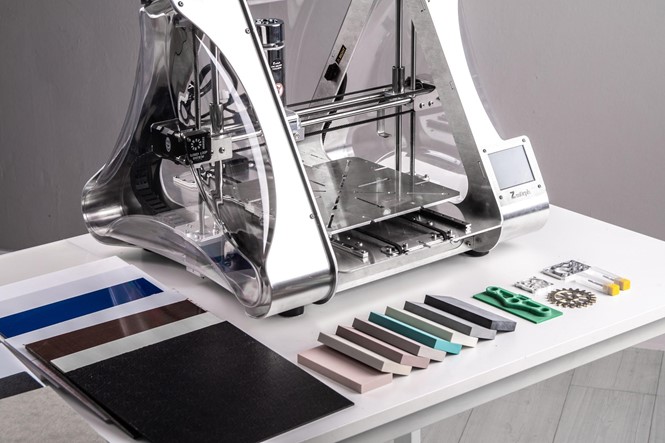
CNC machining is a process well suited for both prototyping and production.
Ian Peterman, CEO Tweet
Before CAD came around, it was challenging to fabricate products reliably and at scale at an industrial volume.
Often, manufacturers need to design several variations of a product to determine if production capacity and processes could meet quality and safety standards.
But with CNC technology, software control everything during machining processes, everything from spindle speed to the motions and angles of the cutting tool. It’s all about precision when it comes to CNC machining.
While CNC machines aren’t necessarily robots in the traditional sense, they automate and speed-up processes that we used to complete manually, making fabrication a time-consuming endeavor for a machinist to finish on schedule.
Overall, CNC machining processes are some of the most innovative manufacturing developments over the last few decades, so what do they do best?
A short history of CNC
Milling has been around for a long time, the advent of computer technology brought us the CNC.
Ian Peterman, CEO Tweet
CNC machining techniques are a uniquely American innovation, which evolved in stages, starting with numerical control capabilities.
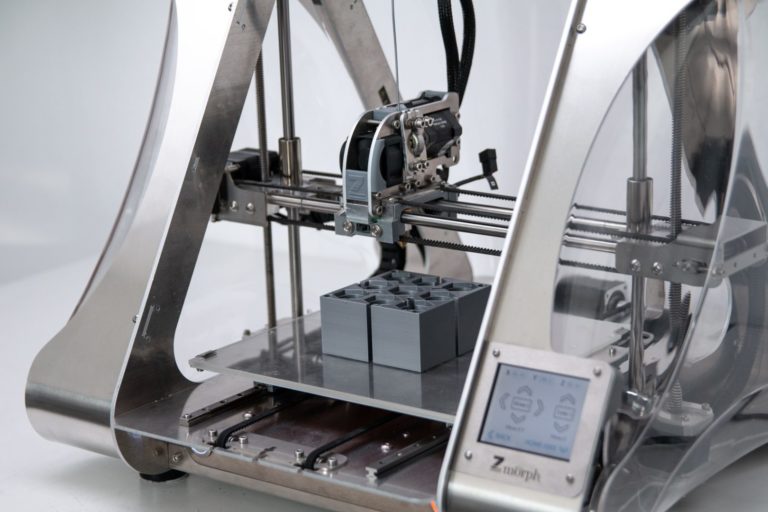
Invented by John T. Parsons and Frank L. Stulen in the 1940s, numerical control-based machining is now commonplace on the shop floor. Only then, the machine didn’t use the software as we now know it; it used punch card instructions like the first mainframe computers.
It wasn’t until 1952 when the first commercially available rudimentary CNC machine hit the market. The technology was so promising that the U.S. Air Force showed serious interest, calling on Parsons and Stulen to design and fabricate helicopter blades using numerical control processes.
As the cost of computer technology began to fall in the 1960s, the affordability of industrial devices like CNC machines opened the door for further developments. But CNC as a process didn’t truly take off until the 1980s when it transformed entire industries.
How does CNC machining work?
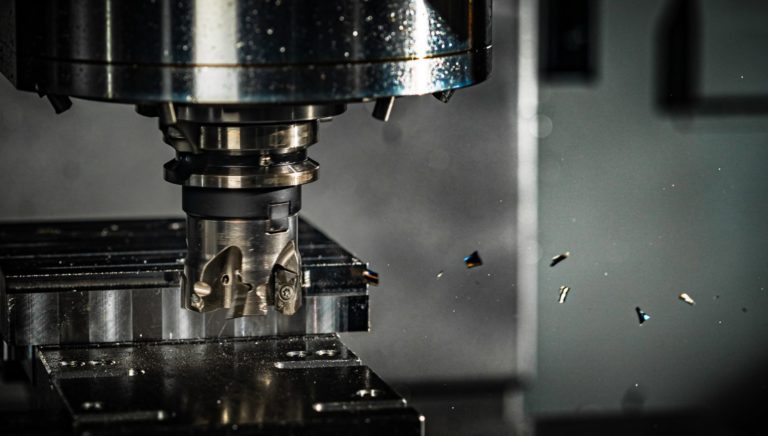
CNC machining, or milling, is a great first introduction to manufacturing processes.
Ian Peterman, CEO Tweet
A CNC machine has three components:
- Command functions
- Motion and drive systems
- Feedback systems
The device works by interpreting software commands that have design specifications. G-Code is the name of the software that runs most CNC machines.
Machine operators either code the CNC machine directly or import instructions from CAD drawings and files. The CNC software then interprets those designs into G-Code that the device can read.
What does CNC machining do best?
CNC machining is great for prototyping and production.
Ian Peterman, CEO Tweet
Manual machining often introduced defects that only came to light further down the assembly line.
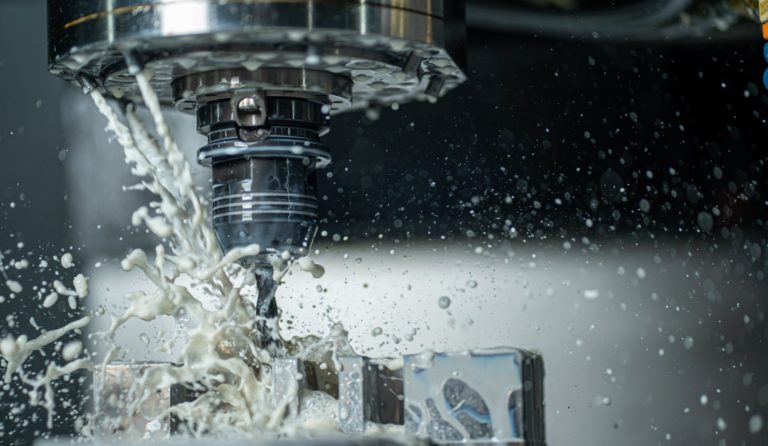
As an alternative, CNC machining makes fabricating key components significantly more accurate, reliable, and safe – far safer for both machinists and the customers who will eventually use the product.
Indeed, CNC machining is so widespread and effective that it’s one of the most predominant manufacturing methods for prototyping and design iteration.
In the past, CNC was a process that only industrial facilities used because it was expensive, yet modern CNC machines are much more affordable – and powerful. Almost any small machine shop with a reasonable budget can purchase a quality CNC machine to afford the investment.
The basic idea is to automate the precision cutting and milling process down to the smallest margin of error when it comes to CNC. While skilled and experienced, a human machinist inevitably makes minor mistakes, even among the most seasoned, veteran operators.
At the time of this writing, the most common types of CNC machines on the market include:
- Routers
- Lathes
- Plasma cutters
- Milling machines
- 3D printing machines
- Waterjets
- Lasers
A further benefit of using CNC machining is that the machine operator needs less training compared to manual machining processes of the past. The machine can also run with less personnel and operate continually 24 hours a day if necessary.
Altogether, these benefits allow manufacturers across industries to be more flexible, agile, and positioned for innovation down the line. CNC technology may be impressive and useful, but it does have a few limitations worth mentioning.
What CNC machining doesn’t do well?
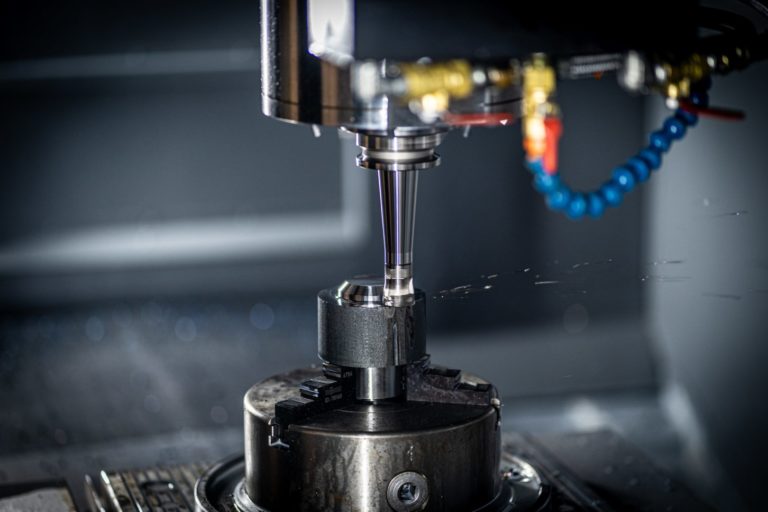
Machining can be a huge investment, so hiring it out is typically best unless you are a larger scale company.
Ian Peterman, CEO Tweet
CNC machining can do a lot, and that’s why the technology has progressed so quickly over the years.
CNC machining can do a lot, and that’s why the technology has progressed so quickly over the years. But the downside of using CNC technology is that it’s generally more expensive than manual machining, requiring a substantial initial investment upfront. The result is that industrial manufacturers can afford it more readily than startups with limited finances.
Indeed, the overall price tag has dropped in recent times, making the technology available to small locally owned machining shops for the first time. However, there’s another downside to using CNC machines: space on the shop floor.
Similarly, the size of the enclosure limits what materials and products can fit inside. Specific CNC machines are also slower than others if the device can run on multiple axis’, yet the biggest downside by far is that the machine takes up significant space on the shop floor.
CNC machining as a process is incredibly accurate and reliable but not perfect. Any operator could still make a mistake that introduces errors and defects into the final product. The problem could be software-related or mechanical, but either way, a poor operation is a culprit; CNC machines significantly minimize that risk.
In the end, CNC machining is a typical manufacturing process today. It has led to innovations in precision manufacturing that weren’t possible several decades ago.
Your Next Steps
Related Conscious Design BLOG Posts
What is Design for Manufacturability?
Logically, you could figure out what Design for Manufacturability means in a broad sense. What does it really mean for you and your product? Design
Choosing a Manufacturer
We’ve talked about why you should hire out sourcing here, but in case you want to dive into this yourself, here are some things to
The Importance of Prototyping
I can’t tell you how many clients have come to me saying they need help developing a prototype to get funding or the feedback they need to finish developing the product.


